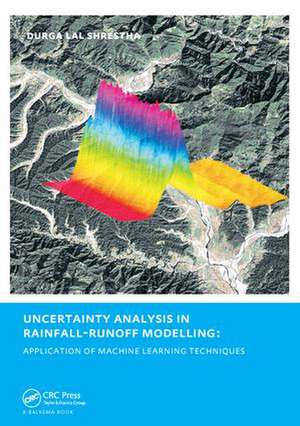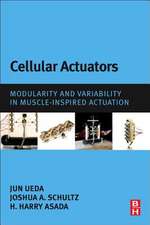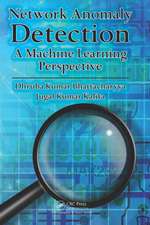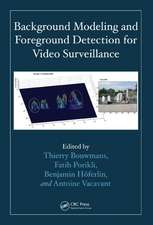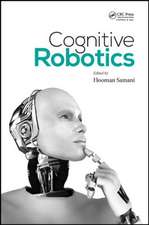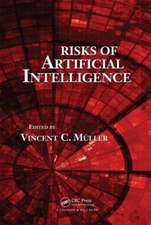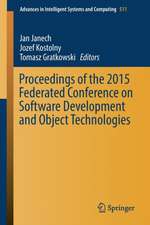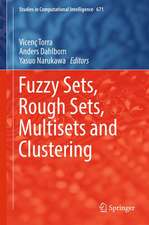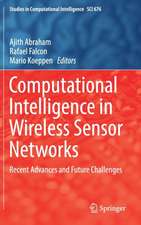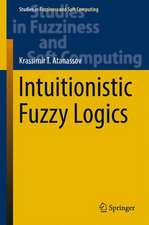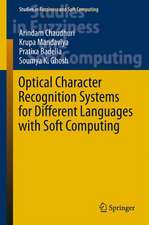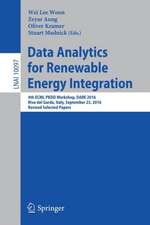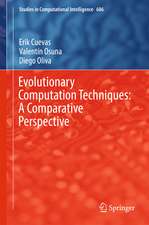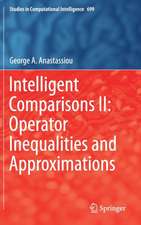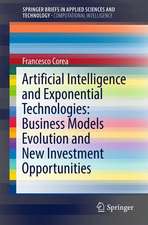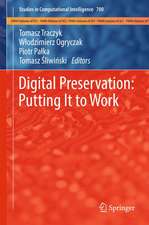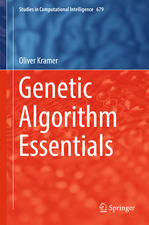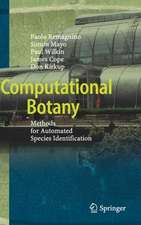Uncertainty Analysis in Rainfall-Runoff Modelling - Application of Machine Learning Techniques: UNESCO-IHE PhD Thesis
Autor Durga Lal Shresthaen Limba Engleză Paperback – 15 ian 2010
Preț: 484.97 lei
Preț vechi: 687.76 lei
-29% Nou
Puncte Express: 727
Preț estimativ în valută:
92.80€ • 99.23$ • 77.37£
92.80€ • 99.23$ • 77.37£
Carte tipărită la comandă
Livrare economică 17 aprilie-01 mai
Preluare comenzi: 021 569.72.76
Specificații
ISBN-13: 9780415565981
ISBN-10: 0415565987
Pagini: 222
Dimensiuni: 174 x 246 x 14 mm
Greutate: 0.41 kg
Ediția:1
Editura: CRC Press
Colecția CRC Press
ISBN-10: 0415565987
Pagini: 222
Dimensiuni: 174 x 246 x 14 mm
Greutate: 0.41 kg
Ediția:1
Editura: CRC Press
Colecția CRC Press
Public țintă
ProfessionalNotă biografică
Durga Lal Shrestha is a researcher in the Hydroinformatics and Knowledge Management Department of the UNESCO-IHE Institute for Water Education, Netherlands. He received his Masters degree in hydroinformatics from the UNESCO-IHE Institute for Water Education in 2002. His research interests include hydrological modelling, uncertainty analysis, global and evolutionary optimisation, machine learning techniques and their applications in water based systems.
Cuprins
SUMMARY CHAPTER 1 INTRODUCTION 1.1 Background 1.2 Uncertainty analysis in rainfall-runoff modelling 1.3 Machine learning in uncertainty analysis 1.4 Objective of this study1.5 Outline of the thesis CHAPTER 2 UNCERTAINTY ANALYSIS IN RAINFALL RUNOFF MODELLING 2.1 Types of rainfall-runoff models 2.2 Notion of uncertainty 2.3 Classification of uncertainty 2.4 Sources of uncertainty in rainfall-runoff models 2.5 Sources of uncertainty in context of data-driven modelling 2.6 Uncertainty analysis in rainfall-runoff modelling 2.7 Uncertainty representation 2.8 Uncertainty analysis methods CHAPTER 3 MACHINE LEARNING TECHNIQUES 3.1 Introduction 3.2 Machine learning types 3.3 Learning principle and notations 3.4 Application of machine learning in rainfall-runoff modelling 3.5 Artificial neural networks 3.6 Model trees 3.7 Instance based learning 3.8 Clustering methods 3.9 Selection of input variables CHAPTER 4 MACHINE LEARNING IN PREDICTION OF PARAMETER UNCERTAINTY: MLUE METHOD 4.1 Introduction 4.2 Monte Carlo techniques for parameter uncertainty analysis4.3 Problems attached to Monte Carlo based uncertainty analysis methods 4.4 Machine learning emulator in uncertainty analysis 4.5 Methodology 4.6 Selection of input variables 4.7 Validation of methodology4.8 Limitations of method CHAPTER 5 APPLICATION OF MACHINE LEARNING METHOD TO PREDICT PARAMETER UNCERTAINTY 5.1 Description of the Brue catchment 5.2 Description of rainfall-runoff model 5.3 Experimental setup 5.4 MC simulations and convergence analysis 5.5 Posterior distributions and sensitivity of parameters 5.6 Machine learning techniques in emulating results of MC simulations 5.7 Conclusions CHAPTER 6 MACHINE LEARNING IN PREDICTION OF RESIDUAL UNCERTAINTY: UNEEC METHOD 6.1 Introduction 6.2 Definition and sources of model errors 6.3 Methodology 6.4 Computation of predictive uncertainty of model output6.5 Selection of input variables 6.6 Validation of UNEEC method6.7 Limitations and possible extensions of method CHAPTER 7 APPLICATION OF MACHINE LEARNING METHOD TO PREDICT RESIDUAL UNCERTAINTY7.1 Application 1: Synthetic data set 7.2 Application 2: Sieve River catchment 7.3 Application 3: Brue catchment 7.4 Application 4: Bagmati catchment 7.5 Multi-objective calibration and uncertainty7.6 Conclusions CHAPTER 8 CONCLUSIONS AND RECOMMENDATIONS 8.1 Rainfall-runoff modelling and uncertainty analysis 8.2 Uncertainty analysis methods8.3 Machine learning methods for uncertainty analysis 8.4 Multi-objective calibration and uncertainty8.5 Summary of conclusions 8.6 Recommendations
Descriere
This book describes the use of machine learning techniques to build predictive models of uncertainty with application to hydrological models, focusing mainly on the development and testing of two different models. The first focuses on parameter uncertainty analysis by emulating the results of Monte Carlo simulation of hydrological models using efficient machine learning techniques. The second method aims at modelling uncertainty by building an ensemble of specialized machine learning models on the basis of past hydrological model’s performance. The book then demonstrates the capacity of machine learning techniques for building accurate and efficient predictive models of uncertainty.
